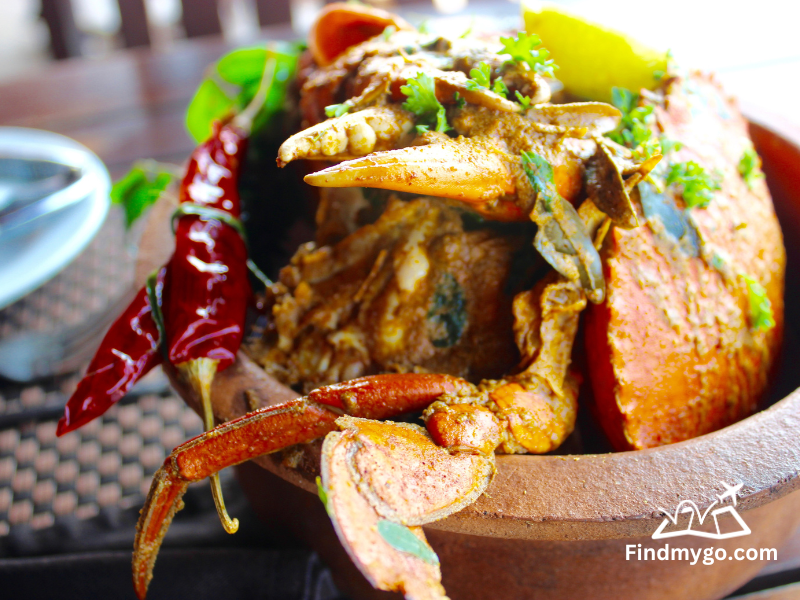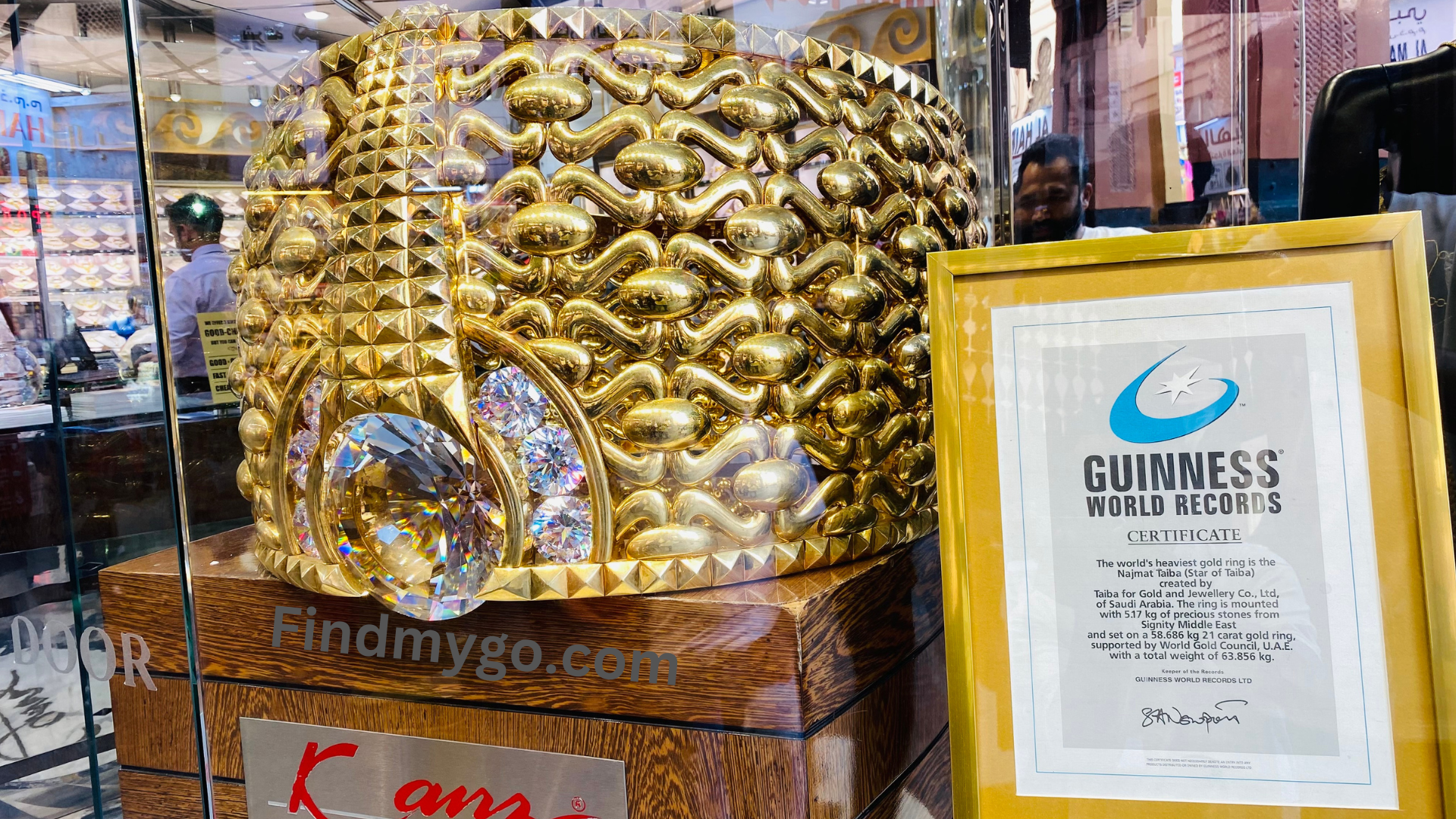6 Must-Try Sri Lankan Dishes: A Culinary Adventure
Sri Lanka is a paradise not only for travelers but also for food lovers. Whether you’re wandering through the bustling streets of Colombo or relaxing on the southern coast, the island’s dishes provide a unique taste of Sri Lankan life. In this guide, we’ll explore six must-try Sri Lankan dishes that are essential for any visitor seeking to immerse themselves in the local food scene. Trust me, these are not just meals; they’re experiences.
Kottu Roti: The Ultimate Street Food Favorite
Kottu Roti is a Sri Lankan street food legend. Originating in the streets of Colombo, it has since become a national favorite. What exactly is Kottu Roti? Imagine a pile of finely chopped roti (flatbread), mixed with a medley of spices, vegetables, and your choice of meat, seafood, or even cheese. It’s a sizzling stir-fry that is as much a delight to watch being made as it is to eat. You’ll often hear the rhythmic clanging of metal blades on a hot griddle as street vendors chop and mix the roti with quick, expert movements.
Over the years, Kottu has evolved and found its way into upscale restaurants and even 5-star hotels. While it’s available in nearly 80% of restaurants across the country, finding one that stands out in taste can be a challenge. My go-to place for delicious Kottu is Mr. Kottu Grand. This local franchise has nailed the recipe, and their variety of Kottu, including cheesy Kottu and spicy masala Kottu, is worth trying. If you want to experience the best of Sri Lankan street food without any doubts, Mr. Kottu Grand won’t let you down.
Pro Tip: Pair your Kottu with a side of a spicy Sri Lankan onion and chili paste for an extra kick!
Sri Lankan Crab Curry: A Seafood Lover’s Dream
Sri Lankan crab is renowned globally, especially for its size and flavor. The warm waters of the Indian Ocean provide the perfect breeding ground for crabs, and locals have perfected the art of cooking them. Sri Lankan crab curry is a dish that bursts with flavor, featuring tender crab meat cooked in a spicy, aromatic curry made with a blend of rich spices, coconut milk, and fresh herbs.
Crabs are a little more expensive than other seafood options, but once you take that first bite, you’ll know it’s worth every dollar. One of the best places to try crab curry in Sri Lanka is Ministry of Crab in Colombo. Founded by cricket legends Mahela and Sanga, this upscale restaurant has become world famous for its juicy, succulent crabs served in various preparations, including garlic, pepper, or the traditional curry style.
Why Ministry of Crab? The restaurant has made its mark on the global culinary scene, even earning a spot on Asia’s 50 Best Restaurants list. The crabs are fresh, the ambiance is elegant, and the flavors are unforgettable. Although the prices are on the higher side, the experience is well worth it.
Personal Note: While I haven’t tried Ministry of Crab myself (my mom’s crab curry is unbeatable in my opinion), the restaurant’s reputation speaks for itself. If you want to indulge in a premium Sri Lankan dining experience, this is the place to go.
Black Pork Curry: An Authentic Sri Lankan Favorite
Though pork isn’t a staple for everyone in Sri Lanka, black pork curry has earned a place in the hearts of those who appreciate it. This rich, dark curry is made with a unique blend of spices, slow-cooked to perfection. The secret ingredient? A touch of roasted curry powder, which gives the dish its signature dark color and smoky flavor.
Black pork curry is not only a delight for meat lovers but also for spice enthusiasts, as it packs a punch. The pork is tender, juicy, and full of bold flavors, complemented by the creamy texture of coconut milk.
One of the best places to enjoy black pork curry is at Ceylon Curry Club in Colombo. Located near the famous Dutch Hospital complex, this restaurant specializes in authentic Sri Lankan dishes, with black pork curry being one of their standout offerings.
Best Pairing: Black pork curry goes exceptionally well with steamed white rice, coconut roti, or even a simple crusty loaf of bread to soak up the curry sauce.
Egg Hoppers: A Sri Lankans Classic Snack
Hoppers, or appa as they’re locally known, are one of Sri Lanka’s most unique and beloved dishes. They are made from a fermented batter of rice flour and coconut milk, which is poured into a small wok like pan to create a thin, crispy pancake with a soft, spongy center. For egg hoppers, an egg is cracked into the center of the hopper as it cooks, adding a rich, creamy texture to the crispy pancake.
While hoppers are generally eaten for breakfast or evening as a snack, they’re so versatile that they can be enjoyed any time of the day. They’re often served with a lunu miris (spicy onion and chili sambal).
Hoppers can be found almost everywhere in Sri Lanka, from street food stalls to 5-star hotels. If you’re new to Sri Lankan food, I highly recommend starting with egg hoppers as they’re simple, yet full of flavor.
Tip: Pair your egg hopper with lunu miris and a curry of your choice for the perfect combination of textures and tastes.
Rice and Curry: The Sri Lankan Staple
Rice and curry is a cornerstone of Sri Lankan cuisine. It’s not just a meal, it’s a daily ritual. For most Sri Lankans, lunch consists of rice paired with a variety of curries, typically ranging from three to six different dishes. These curries can include lentils (dal), vegetables, fish, chicken, or beef, all seasoned with an intricate mix of spices that vary depending on the region and chef.
There are two main types of rice and curry you’ll come across: the traditional plate of rice with multiple curries, and Lamprais, a Dutch-influenced dish. Lamprais consists of steamed yellow rice, meat curries, sambal, boiled eggs, and other sides, all wrapped in a banana leaf and baked.
Where to Find the Best Rice and Curry? Sri Lanka is dotted with restaurants offering rice and curry, from roadside diners to fine dining establishments. However, I recommend trying it at a local family-run restaurant where you’ll likely get an authentic and wholesome meal.
Fun Fact: Each household in Sri Lanka has its own version of rice and curry, and recipes are often passed down through generations.
String Hoppers: A Breakfast Staple in Sri Lanka
String hoppers, also known as idiappam, are thin, steamed rice noodles that are typically served with coconut sambol and curry. This dish is a common breakfast item, but it can also be eaten at lunch or dinner. Unlike hoppers, string hoppers are softer and are usually eaten with various side dishes.
One of the best things about string hoppers is their versatility. You can pair them with spicy curries, coconut sambol. The dish is light, gluten free, and incredibly satisfying.
String hoppers are available in most restaurants throughout Sri Lanka, and if you reach out to me, I can guide you to some great spots based on where you’re staying.
Wrapping Up: The Flavors of Sri Lanka Await You
Sri Lankan food is a journey through spice, flavor, and tradition. Each of these dishes tells a story, from the street-side sizzle of Kottu Roti to the fine dining elegance of crab curry. These dishes are not just meals, they’re experiences that will make your trip to Sri Lanka unforgettable.
In my next article, I’ll explore some lesser-known Sri Lankan dishes that are hard to find, even for locals. These are true culinary gems that offer an authentic taste of Sri Lankan heritage.
Ready to dive deeper into Sri Lankan cuisine and culture? Subscribe to our Premium Plan for personalized travel itineraries, expert consultation, and 24/7 support to help you make the most of your Sri Lankan adventure!









